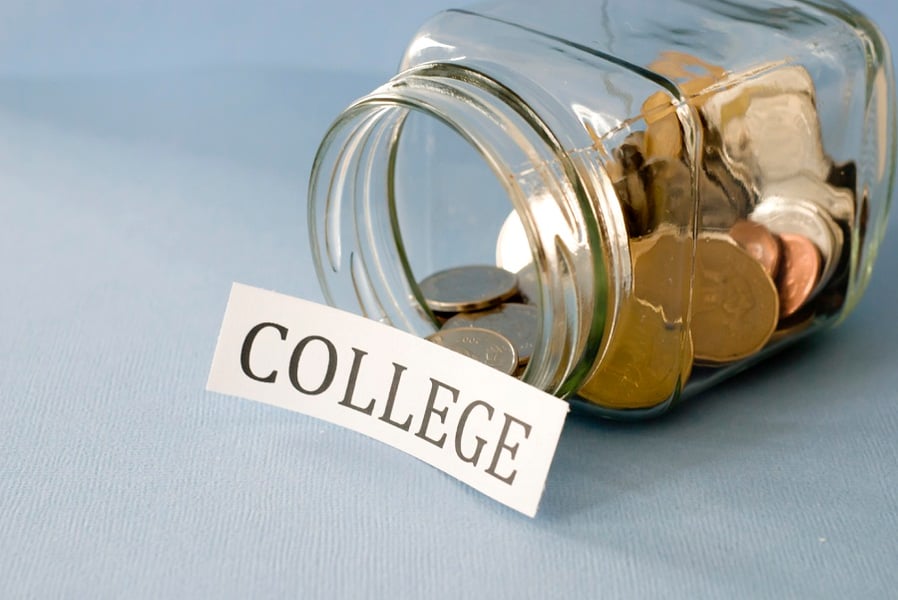Fewer parents are finding the money to save for their kids' college. And those who are saving are saving less.
After a 30% jump in the level of average savings for 2013, the day-to-day cost of living, combined with lower earnings and unexpected expenses, helped push the amount parents saved for their kids' college down 25% in 2014, according to a new survey. The average savings level of $10,040 is the lowest in three years.
(More: Senate closes in on easing college savings plan rules)
Parents still value college as much as ever, according to a report released last Wednesday by Sallie Mae. Many still couldn't match 2013's savings. The share of middle-class families that saved for college dropped to 46%, from 51%, the first time in the survey's five-year history that it fell below 50%.
SINGLE PARENTS
On a more positive note, single-parent families are saving more than multiparent families. Single parents have put away an average $11,868 for their children's college costs, compared with $10,341 for parents who live together.
When choosing how to save, about half of all families rely on basic savings accounts, which, as anyone with a savings account knows, yield next to nothing. And 32% of lower-income families use checking accounts, which are too accessible to be effective savings vehicles.
A tax-advantaged 529 college savings account invested largely in equities — depending on how far off college payments are — could be a better way to save. In the 2014 survey, which looked back on a year when the S&P 500 rose about 27%, Sallie Mae says the 30% increase in the average amount saved for college was driven by gains for middle- and high-income families in the value of those savings. The S&P 500 gain college savers looked back on in this year's survey was about 11%.
(More: Obama backs off 529 college savings plan proposal)
Households making $100,000 or more, which are the top income group broken out in the survey, are big users of 529s. Just under 50% use them, up from 45% in the prior year's survey. The average amount saved in them: almost $19,000, up from $16,500 last year.
The far lower use of 529 plans among lower- and middle-income families may be due in part to confusion. In the survey, many respondents thought they didn't have enough money to start an account or didn't understand how they worked, says Rich Castellano, Sallie Mae's vice president of corporate communications.
While lower college savings are bad news, there was some good news in the survey. People are improving their savings habits, with more using direct deposit to save, more setting aside money each pay period, and more putting part of a tax refund toward college savings. If incomes continue to rise, more people may be primed to save.







